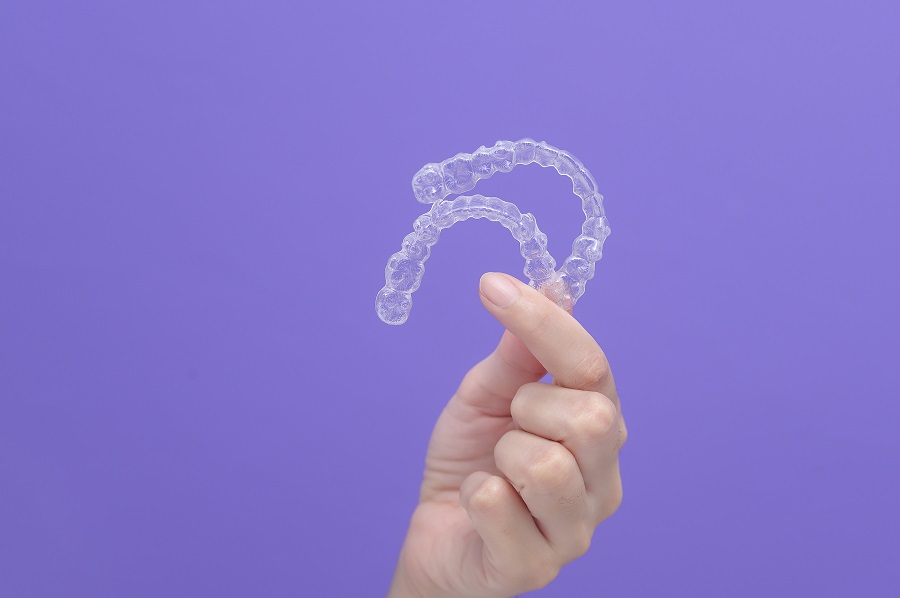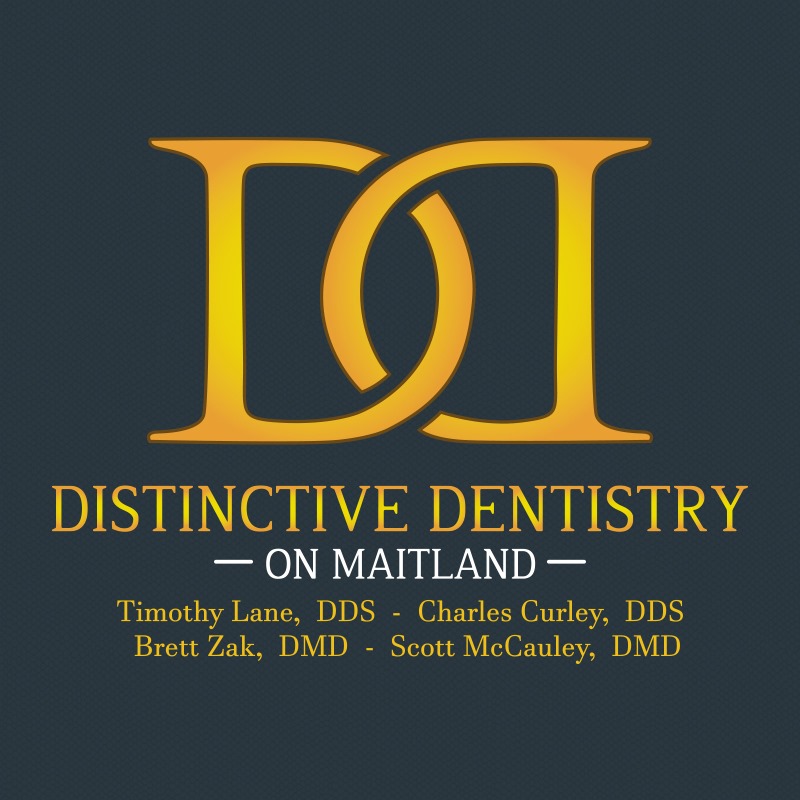How Bone Grafting Can Help Patients with Insufficient Jawbone for Dental Implants
Posted by Distinctive Dentistry on Maitland Dec 13,2024

Are you considering dental implants but worried about the condition of your jawbone? You're not alone. Many patients face challenges when it comes to having enough bone density to support implants. Fortunately, there's a solution that can pave the way for a successful restoration: bone grafting. This innovative procedure offers hope and promises enhanced outcomes for those with insufficient jawbones. Let's dive into how bone grafting works and why it might be the key to achieving that perfect smile in Altamonte Springs, FL.
Understanding the Importance of Jawbone for Dental Implants
The jawbone plays a crucial role in the stability and longevity of dental implants. It's not just a supportive structure; it acts as the foundation for artificial teeth. When you bite down, forces are transmitted through the implant to the bone, which helps maintain its density and strength.
A healthy jawbone provides adequate support, allowing implants to integrate seamlessly. If there isn't enough bone volume or quality, complications can arise. Implants may fail or become loose over time.
Additionally, insufficient jawbone can lead to changes in facial aesthetics. It might cause sunken cheeks or an uneven smile line. Preserving your natural tooth structure is essential for both functionality and appearance.
Understanding these aspects highlights why having sufficient jawbone is vital when considering dental implants in Altamonte Springs, FL. Without this foundation, achieving long-term success becomes more challenging.
Causes of Insufficient Jawbone for Dental Implants
Insufficient jawbone can be a major hurdle for those seeking dental implants. There are several reasons why this condition occurs.
- One common cause is tooth loss. When a tooth is extracted, the underlying bone may begin to deteriorate over time due to lack of stimulation. This leads to a reduction in bone density.
- Another factor is periodontal disease. Gum infections can weaken both the gums and supporting structures, accelerating bone loss around teeth.
- Trauma or injury also plays a role. A fracture or impact can damage the bone structure, leaving it unable to support an implant effectively.
- Certain medical conditions and lifestyle choices contribute as well. Conditions like osteoporosis affect bone health while smoking impairs healing processes that keep bones strong.
Understanding these causes helps patients address their specific needs when considering dental implants in Altamonte Springs, FL. Contact us to learn more.
What is Bone Grafting and How Does it Work?
Bone grafting is a surgical procedure aimed at rebuilding or augmenting the jawbone. This technique is essential for patients who lack sufficient bone density for dental implants.
During the process, a small piece of bone or a synthetic material is placed in the area where additional support is needed. The body gradually absorbs this graft, integrating it into existing bone over time.
The materials used can vary—some come from your own body, while others might be sourced from donors or created synthetically. Each option has its unique benefits and considerations.
Once in place, the new bone stimulates growth through natural healing processes. Eventually, this creates a solid foundation that can securely hold dental implants. Bone grafting not only enhances structural integrity but also promotes overall oral health in ways you may not expect.
The Different Types of Bone Grafting Procedures
Bone grafting procedures come in various forms, each tailored to meet specific needs. Autografts involve harvesting bone from the patient's own body, usually from areas like the hip or jaw. This method boasts excellent biocompatibility since it's the patient's own tissue.
Allografts use bone sourced from a donor bank. These grafts are processed and sterilized, making them safe for implantation. They offer convenience as there is no need for an additional surgical site.
Xenografts utilize bone material from animals, typically cows or pigs. This option serves as a reliable scaffold for new bone growth while minimizing rejection risks.
Synthetic grafts involve materials created in labs designed to stimulate natural bone growth. Each type has its unique advantages and can be selected based on factors such as the extent of the deficiency and patient preferences.
Benefits of Bone Grafting for Dental Implants
- Bone grafting plays a crucial role in paving the way for successful dental implants. By enhancing the jawbone structure, it provides a solid foundation that ensures stability for the implant.
- This procedure significantly increases the chances of long-term success. With adequate bone mass, implants can integrate more effectively with surrounding tissues.
- Moreover, patients often experience improved aesthetics. A strong jawline contributes to facial symmetry and overall appearance, boosting confidence levels.
- Another benefit is reduced surgical complications. When there's enough bone present, dentists can perform procedures more efficiently and safely.
- Additionally, bone grafting minimizes discomfort during recovery. Patients typically report less pain due to decreased stress on existing structures in the mouth.
This treatment option opens doors for those who might have considered dental implants unattainable due to previous bone loss or deficiency issues.
Recovery Process and Post-Procedure Care
- After a bone grafting procedure, the recovery process is essential for the successful integration of the new material. Initially, patients may experience swelling and discomfort. Ice packs can help manage these symptoms effectively.
- Rest is crucial during this time. Take it easy for a few days and avoid strenuous activities that could strain your jawbone or affect healing.
- Diet plays an important role as well; opt for soft foods to minimize stress on the surgical site. Hydration matters, too, so drink plenty of water while avoiding hot beverages initially.
- Follow any specific instructions provided by your dentist or oral surgeon regarding medications and follow-up appointments. This ensures proper monitoring of your healing progress.
- Maintaining good oral hygiene is vital, but be gentle around the grafted area to prevent irritation or infection. Regular check-ups will help track how well everything is integrating before moving forward with dental implants in Altamonte Springs, FL.
Conclusion
For those considering dental implants in Altamonte Springs, FL, understanding the role of jawbone health is crucial. Insufficient jawbone can stem from various causes, such as tooth loss, gum disease, or even prolonged denture use. When faced with this issue, bone grafting becomes a vital solution.
Bone grafting not only enhances the volume and density of the jawbone but also paves the way for successful dental implant placement. With different types of procedures available—ranging from autografts to allografts—you can find an option that suits your specific needs.
The benefits are significant; improved aesthetics, restored functionality, and enhanced oral health are just a few reasons why many opt for this procedure before getting their implants. The recovery process may seem daunting at first glance, but following proper post-procedure care will facilitate healing and lead you toward a healthier smile.
Each step taken towards restoring your dental health brings you closer to regaining confidence in your bite and appearance. Exploring bone grafting can indeed open doors to life-changing opportunities through dental implants that you'll cherish for years to come.
More Blog Posts
Office Hours
MON - TUE7:00 am - 3:00 pm
WED7:00 am - 5:00 pm
THU7:00 am - 3:00 pm
FRI8:00 am - 12:00 pm
SAT - SUNClosed










